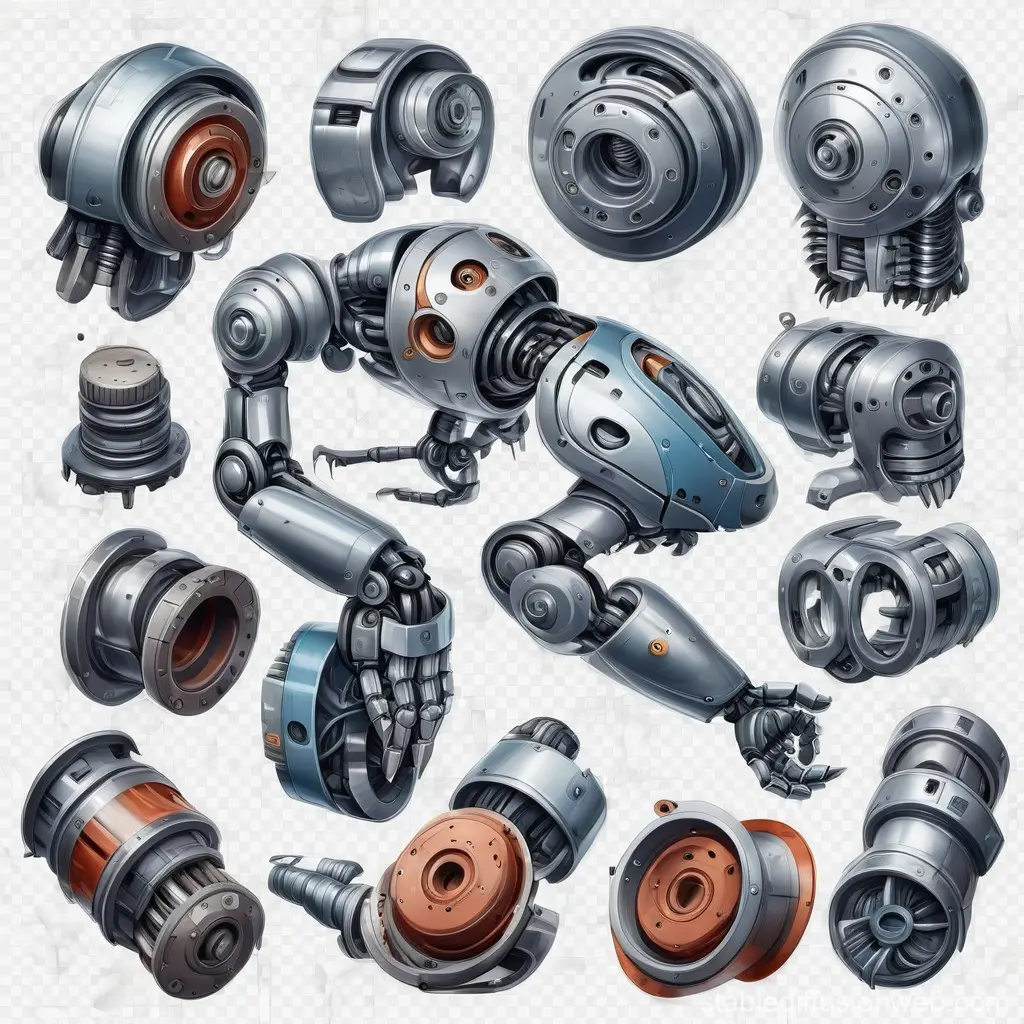introduce
In the high-precision world of CNC machining, every detail is important, including how to keep the workpiece in place. While Vises and fixtures are standard, processed glue (also known as fixing glue) is a versatile and often an essential solution to ensure complex or refined parts. As a leading five-axis CNC machining manufacturer, Greatlight combines cutting-edge technology with deep material expertise to solve challenging projects. Choosing the right glue is more than just adhesion; it’s about precision, safety, and efficiency. This guide unveils the process to help you make informed decisions for the best results.
Why glue is important in CNC processing
The materials used in CNC process subjects have powerful forces, vibrations and temperatures. Traditional mechanical devices can deform thin-walled parts or block tool paths in complex designs. Glue provides a non-invasive alternative:
- Minimize pressure: Distribute pressure evenly without track surfaces.
- Enable complex geometry: Ideal contour or micro components.
- Improve efficiency: Simplify settings for large-scale operation.
On Greatlight, we use the five-axis function to machin from all angles, often requiring unorthodox fixtures. Glue allows us to break boundaries where fixtures cannot.
Types of CNC processing glue: Pros and Cons
-
Cyanoacrylate (super glue)
- The best: Metals, plastics and ceramics.
- advantage: Fast curing (<30 seconds), high shear strength.
- shortcoming: Effect of fragility; sensitive to moisture/heat.
- Greglight Tip: Used for short and low vibration operations of small parts.
-
Epoxy resin
- The best: High stress application, different materials.
- advantage: High thermal/chemical resistance, adjustable treatment time.
- shortcoming:Length setting; surface preparation is required.
- Greglight Tip: Very suitable for titanium or inconel aerospace components.
-
Heat melting adhesive
- The best: Wood, foam, non-metal composite material.
- advantage: No fixed time; easy to remove.
- shortcoming: Limited heat resistance (~150°C).
- Greglight Tip: Used for prototypes that require rapid iteration.
-
Double-sided tape
- The best: Flat sheets, non-Confucian material.
- advantage: Zero treatment time; no residue.
- shortcoming: The peel is weak; it is not suitable for milling.
- Release activated adhesive
- The best: Sensitive optical or electronic device.
- advantage: Controlled key strength, easy to release.
- shortcoming: Expensive; limited shelf life.
Key selection criteria
- Material compatibility: Aluminum may react with certain cyanoacrylates; copper reduces epoxy strength. Silicone adhesive suit hygroscopic alloy.
- Operating pressure: For aggressive cutting, choose epoxy resin or structural acrylate.
- Thermal range: Aerospace parts last 200-300°C; epoxy resin performs better than super glue.
- Safety and cleaning: Water-soluble glue simplifies post-processing (e.g., acrylic-based UV tape).
- Removal method: Depending on the type of glue, use heat, solvent or mechanical release. Acetone is suitable for cyanoacrylates; epoxy resins may require freezing.
Pro Insight: In Greatlight, we test the glue sample bond under simulated processing stress to prevent mid-term failure.
Best practices for applying and deleting
- Surface preparation: Degreased with isopropanol. Coarse metal with 120 particle size sandpaper.
- application: Apply thin, even layers. Use spreader tools to avoid air pockets.
- Maintenance: Control the ambient humidity of cyanoacrylate; preheat the metal to enhance epoxy penetration.
- move: For tape, peel off 90°. For epoxy resins, use dry ice or commercial peel.
- Waste treatment: Adhesives like epoxy resins require chemical disposal compliance.
Safety and environmental considerations
- ventilation: Cyanoacrylate smoke can cause respiratory irritation.
- Skin protection: Wear nitrogen hair gloves – Protein resin is a skin sensitizer.
- Ecological protesters: Aqueous solvents and UV adhesives reduce VOC emissions.
Greglight introduces the ISO 14001 standard, optimizing adhesive selection for minimal environmental impact.
Why choose Greatlight?
As a professional five-axis CNC machining manufacturer, we solve complex fixed challenges every day. Our expertise goes beyond glue choices:
- Advanced features: Four-axis synchronous rotation/tilt for heavier geometry.
- Material mastery: Experience with over 50 metal/plastics – from peeking to Hastelloy.
- One-stop organization: Including removal of anode, polishing, coating and glue scaling.
We provide precision at competitive prices, ensuring every custom part, whether it’s a medical implant or a satellite component, is maintained perfectly.
in conclusion
Glue selection in CNC processing is both an art and a science. The ideal adhesive balances strength, safety and efficiency while adapting to material and design constraints. At Greatlight, our expertise goes beyond machining: the solutions we design. Whether you are prototyping or expanding production, our five-axis accuracy and post-processing integration guarantees results that meet the highest standards. Trust professionals to secure your vision.
Get a quote now and experience unrivaled quality at the best price!
FAQ: CNC machining glue
Q1: Can glue completely replace traditional fixtures?
A: Glue supplements, but rarely replaces fixtures for large milling. It meets the advantages of a fastening, thin, complex or small part that is fixed, which hinder tool paths or cause distortion.
Q2: How long does the fixing glue last?
one: Depending on type: If stored dry, cyanoacrylate bonds last few weeks. Epoxy resin retains its power for many years. Avoid UV exposure to prevent degradation.
Q3: Is glue suitable for wet processing (coolant)?
one: Epoxy resin and acrylic tape bear the coolant. Super glue degrades in aqueous fluids – pre-test compatibility.
Q4: Will glue damage the surface of the parts?
A: Porous materials like wood may absorb adhesive. Solvent-based glue can atomize plastics. Our team chose the option of residue-free, including surface repair in post-processing.
Q5: How much glue tension is needed?
A: 500–1,000 psi shear strength for standard aluminum milling. Greatlight calculates bond load based on tool engagement in CAM software.
Question 6: What is the fastest solution for rapid prototyping?
A: Heat melt adhesive or UV tape cures immediately. When design iterations are frequent, we use them for the prototype of the day.
Are there any more questions? [Contact GreatLight] Tailor-made suggestions for our engineers.

















